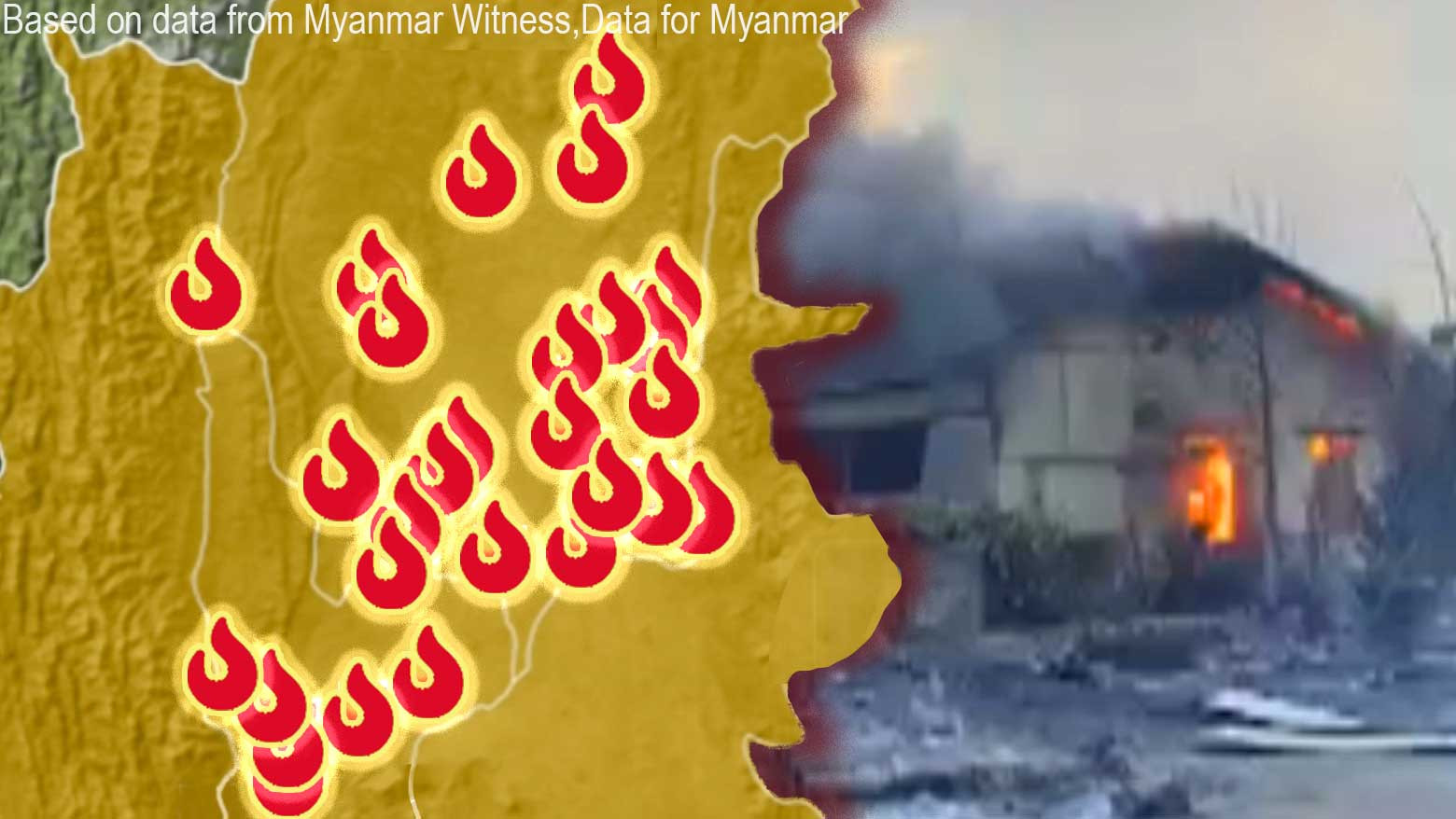As the civil war intensifies, a Myanmar couple who live in Japan are gathering evidence to understand what's happening in their homeland.
Win Kyaw and Mathida receive videos and reports from locals. They say it appears as though the junta is scaling up attacks against resistance in the central two regions.
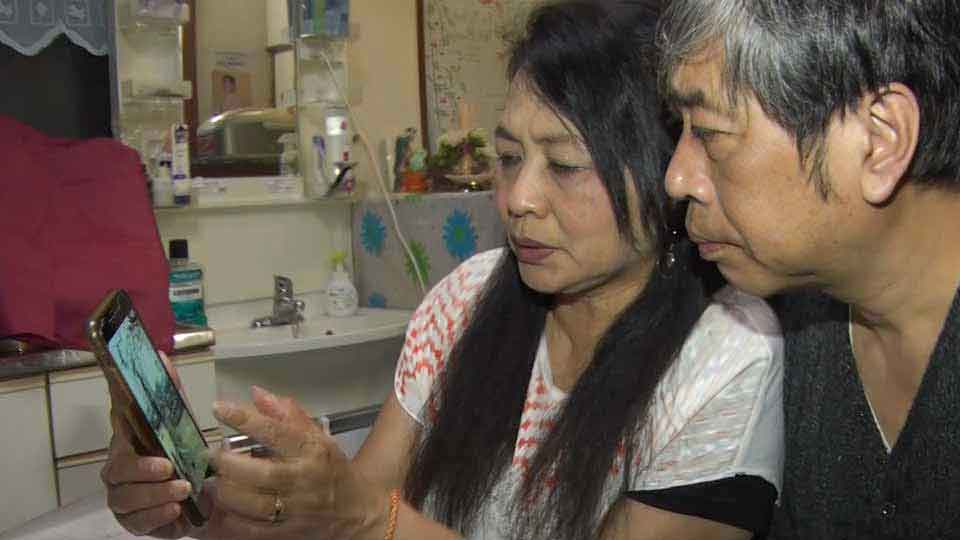
"Since April 29, the military has been using heavy artillery to incinerate," reported one villager, who said properties are being indiscriminately torched.
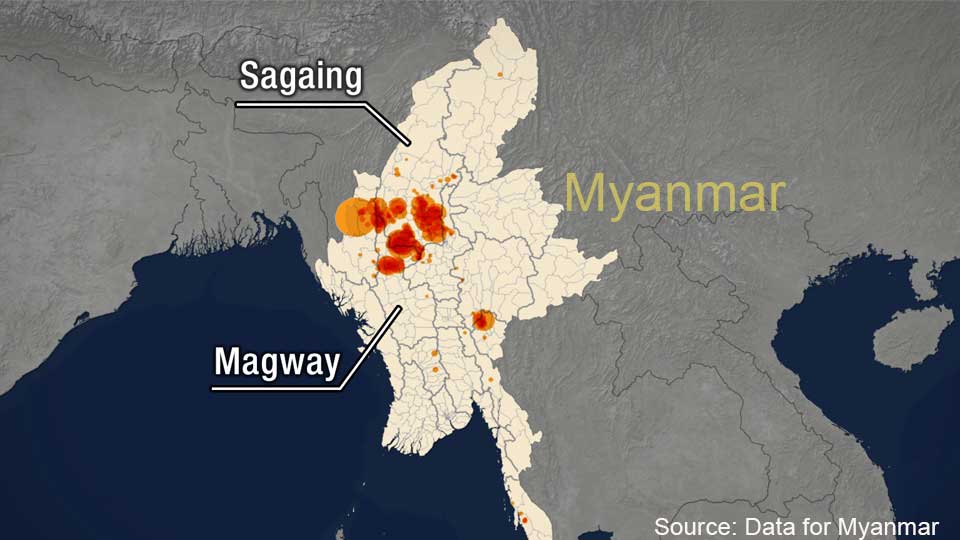
A man who provided an update from the town of Gangaw in the Magway region, said "Eighteen villages have been attacked and 680 houses were torched in this area."
"We also found the bodies of numerous young people. A total of 57. Some died in combat and some were slain after being taken away. Some had their hands tied behind their backs," the man said.
Pictures of bodies on the ground were sent to Mathida and Win Kyaw's phone.
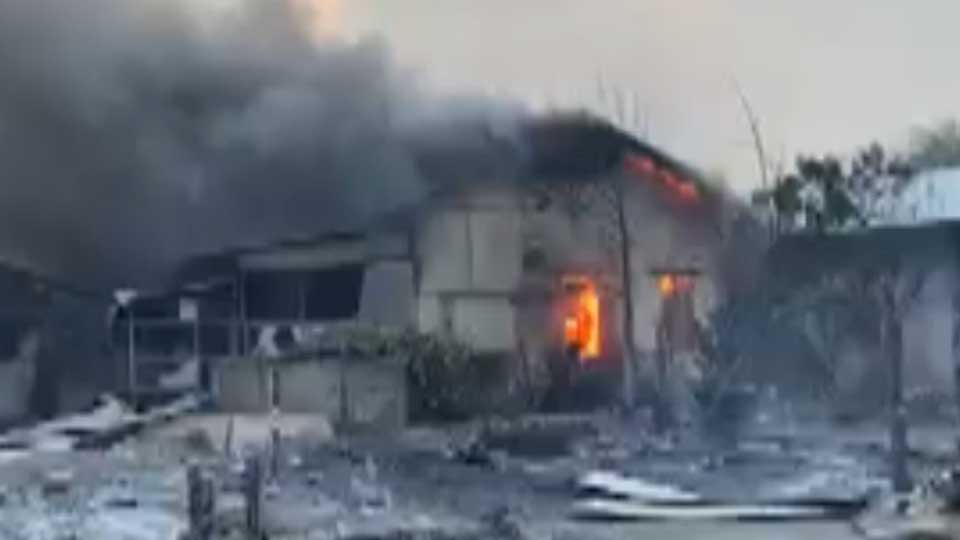
Most residents of the Magway and Sagaing region are Buddhist Bamars, which is the country's ethnic majority group. Now, monks are putting up a fight against the military.
"People have the right to defend themselves," said one monk. "The military is repressing and killing unjustly. That is why, despite being a monk, I support the resistance."
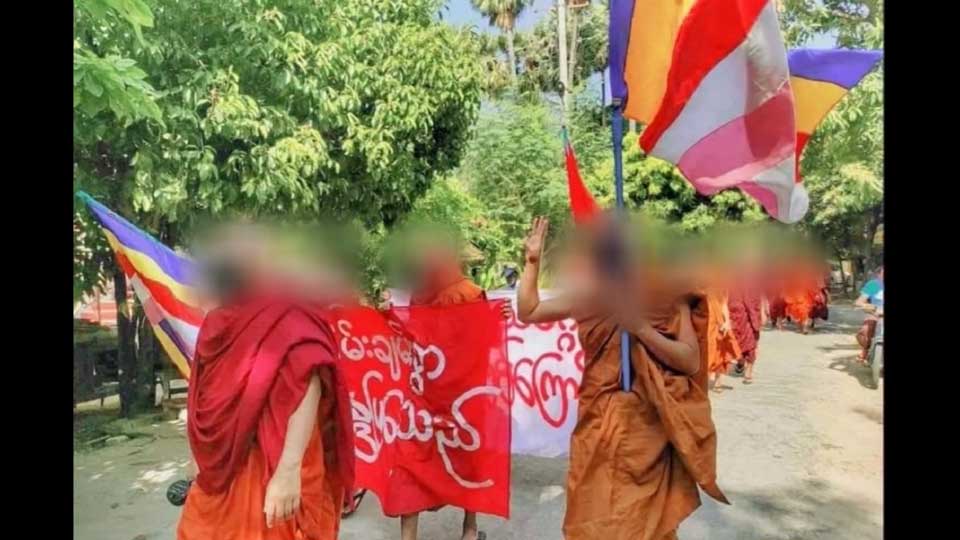
Satellite imagery verifies arson reports
Members of non-profit research groups Myanmar Witness and Data for Myanmar have cross-matched reports of arson with images from a NASA satellite.
They have been able to verify the destruction of buildings and villages, noting that the worst affected areas are concentrated in the Magway and Sagaing regions.
The two groups spotted 33 fires in the two regions in April.
Data for Myanmar members estimate that nearly 16,900 houses have been torched in the localities from the start of the 2021 coup through April this year.
A soldier who defected explained the brutal strategy to NHK.
"When the military enters villages, it forces the residents to cooperate. If they disobey, the entire village will be burned down."
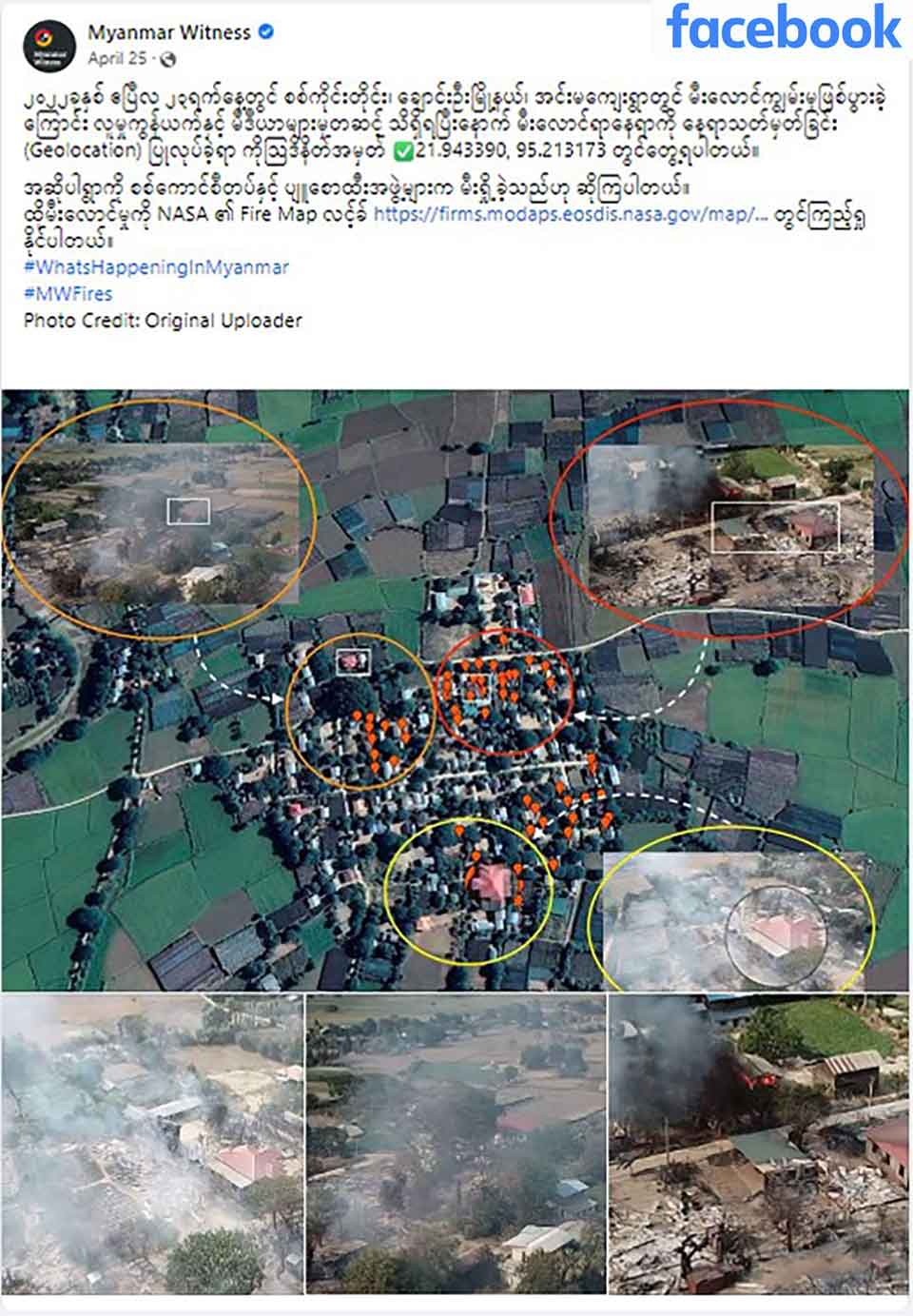
Children ask to fight
Win Kyaw and Mathida have made contact with a former teacher who has joined the armed resistance in Sagaing.
He was teaching children in open-air classes after last year's coup. But he was unable to continue when the village was torched in April.
"One student asked if children could join the resistance, too," he said. "It worries me when kids impersonate the fighters' training routines. They plan to fight."
In May, the United Nations refugee agency estimated that more than 291,000 people have been internally displaced in the two regions
"Simple and brutal" strategy
Bangkok-based security analyst Anthony Davis says that the tactic employed by the Myanmar military, known as the Tatmadaw, "simple and brutal."
He says it is significant that the scale of attack is such that ethnic minorities as well as its own Bamar people are targets.
"It's a powerful message: If you support the PDF (People's Defense Forces) we will destroy your community," says Davis. "The coming six months to one year are going to be very, very critical inside Myanmar."
Reaching out for help
Meanwhile, Myanmar's shadow government the National Unity Government (NUG), made up of lawmakers ousted in the military coup, is trying to assist.
NUG minister for humanitarian affairs Win Myat Aye says they are doing their best to help people affected by the military's scorched-earth operation by reaching out to the UN and other organizations.
"It's not possible to carry out humanitarian support in the traditional way at a time when the junta has hold power by force," he notes.
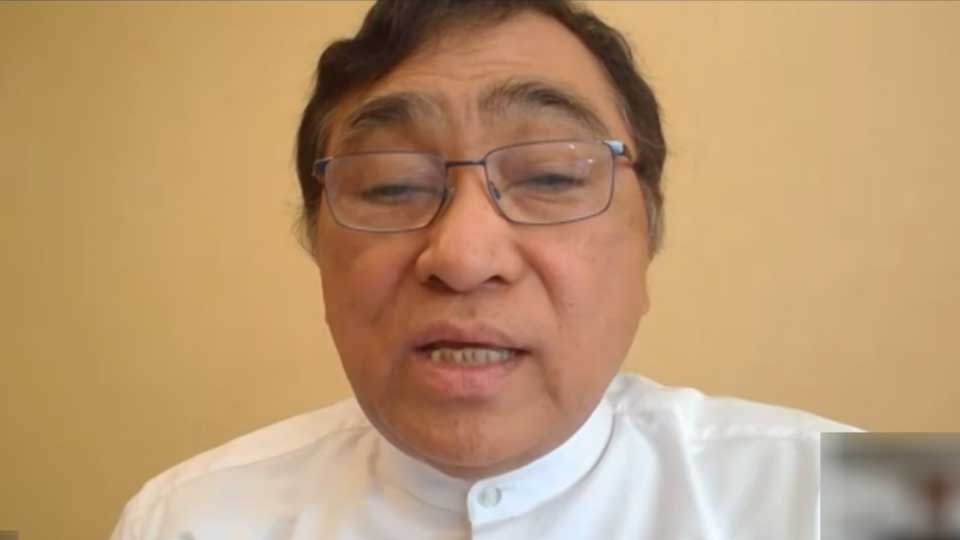
From Japan, Win Kyaw and Mathida continue to report their findings to the UN. But they feel that tracking the situation is escalating beyond their capabilities.
"We can't investigate every atrocity committed by the military," says Win Kyaw. "We try to do our best. But the scariest thing is if the world thinks that Myanmar is peaceful, that things returned to normal under the military's rule."
